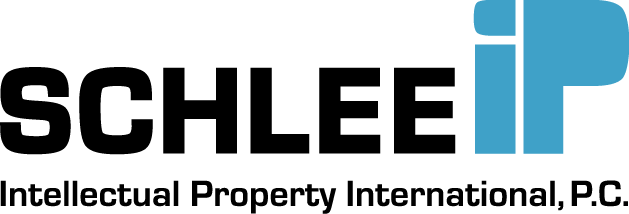Procedural patent prosecution law USPTO compared to EPO; Overview
I. Overview about the practical implications of patent prosecution procedural law differences between United States and European patent applications
Download PDF
2. Search and Examination
3. Continuing patent applications
4. Appeal options
5. Acceleration
6. Quick reference guide
I. Overview
The following blog series compares procedural patent prosecution options between the USPTO and the EPO. This is important for determining the actions to be taken at specific stages during patent prosecution in the US and Europe for best results. Although patent prosecution speed and outcome is driven by many factors, this article concentrates just on some key procedural options, namely compares the following procedural aspects between the USPTO and the EPO:
i) Search and Examination options
ii) Continuing patent application options
iii) Appeal options
iv) Acceleration options
For a quick reference, these comparisons between procedural options i) – iv) at the USPTO and EPO are also summarized in a quick reference guide in part 6 of this article.
I-A. Overview of procedural patent prosecution options before the United States Patent and Trademark Office USPTO
From a procedural standpoint, the United States patent system may be the most flexible system in the world, offering the Applicant applying for a United States patent many procedural options over an essentially infinite time span within the maximum duration of United States patents of 20 years. For prosecuting a single patent application, an essentially infinite number of requests for continued examination (RCE) can be filed, only limited by the extremely rare instances that the USPTO may find an obvious abuse of the legal process. Apart from the aforementioned great option of filing RCE’s, also an unlimited number of Continuation Applications can be filed. Even new matter can be added in the course of filing Continuation–in–part Applications. Such new matter would of course have the time rank of first filing that new matter rather than the time rank of any of the parent applications in the chain of the patent of the patent family tree. As to the budget, also in that respect the US patent system is very accommodating, meaning moderate filing and examination fees that may be reduced on top of generally being moderate by significant discounts for small entity and micro entity Applicants. In addition, renewal fees are only paid after the patent issues, the first renewal fee even due not before 3 ½ years after the issue date of the granted patent.
I-B. Overview of procedural patent prosecution options before the European Patent Office (EPO)
Although the procedural laws and rules before the European Patent Office (EPO) do not set an express limit on the number of Office Actions, it can be said that the EPO is more on the stringent end than on the lenient end of the spectrum when it comes to procedural options. Therefore, it is important to efficiently use the options the system offers and to invest the work into comprehensive office action replies early. Taking on certain action items at the right point in time often makes the application fall nicely into place while deferring certain action items at the wrong point in time may call for an uphill battle and specifically result in creating scenarios where the Applicant is severely limited in procedural options. One of the unique properties of the European patent system is a division between the search phase and examination phase. This may have predominantly historic reasons since in the earlier stages of the European patent system, search and examination were performed by different Examiners and even at different locations, namely the search by Search Examiners in The Hague, Netherlands, and the substantive examination by Examiners in Munich, Germany. This division between a search phase and an examination phase has been maintained even though currently Examiners perform both search and examination at both locations. Although some discretion remains with the Examiner to look into the prior art again during the examination phase, the division between examination phase and search phase still means limitations on claim amendments down the road after the search has been completed. Put in simple terms, what hasn’t been searched cannot be examined. This mandates that the Applicants focus early on during the proceedings on the specific claims that are searched, be it in the international search with the EPO as the International Searching Authority, during the supplementary search performed by the EPO in the regional phase before the European Patent Office when the International Searching Authority differs from the EPO, or for a direct European patent application filed with the EPO, including Divisional Applications. Speaking about Divisional Applications, these can be filed as long as one parent application is pending. A Divisional Application benefits from the filing and priority date of the first application in the chain. However, since annual renewal fees become due from the end of the second year of the filing date for the third and subsequent years, such accrued renewal fees also need to be paid for Divisional Applications, which in addition to the already relatively high official fees at the EPO may make this option cost prohibitive for at least some Applicants.

 English
English Deutsch
Deutsch